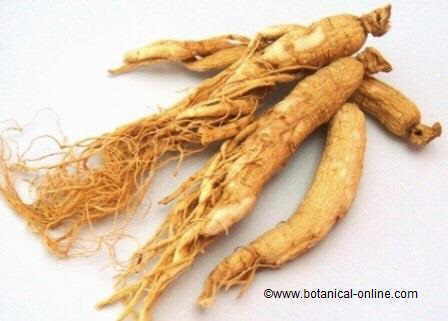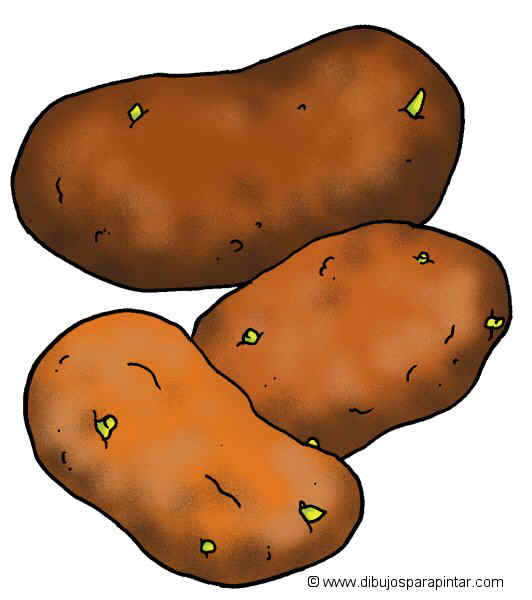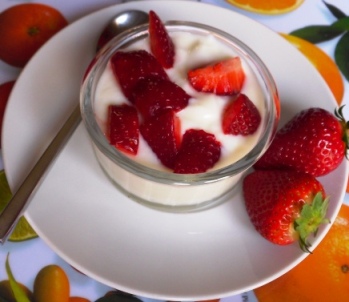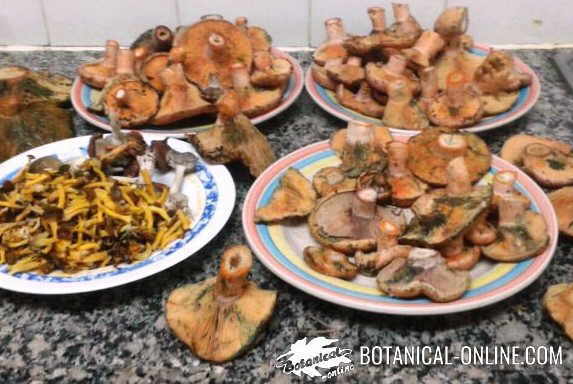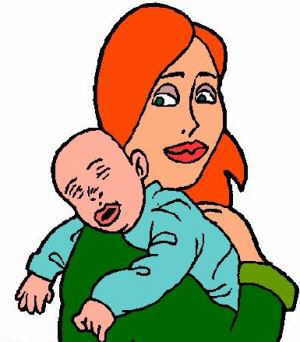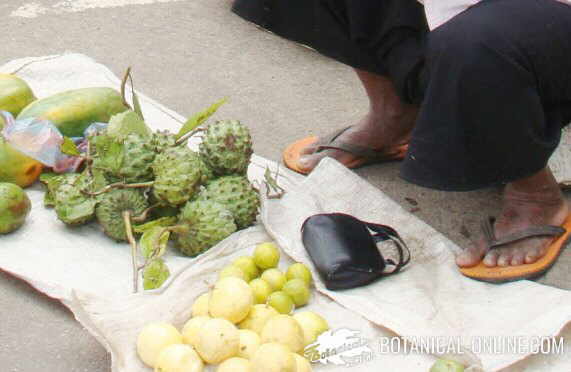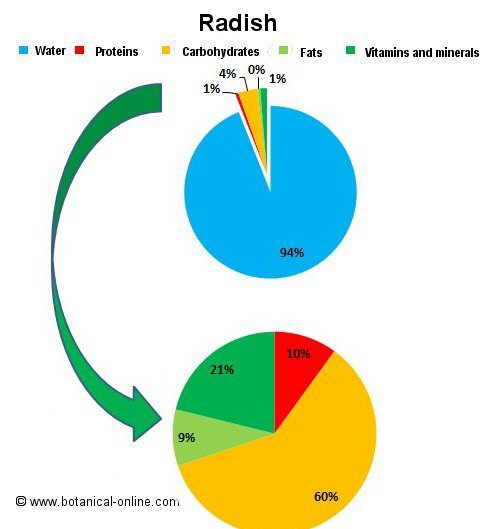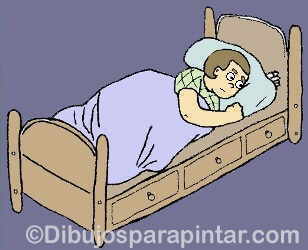Contents
Why is iron so important for our health?
Characteristics of iron
What is dietary iron?
Iron is a microelement that takes part of red blood cells together with a protein that, combined with four molecules of iron, is called hemoglobin. So as oxygen can reach all body cells it is necessary for it to be transported by hemoglobin once oxygen has joined iron in the lungs.
Iron is part of many enzymes responsible for converting food into energy
An iron deficiency produces a lack of red blood cells what determines the appearance of of a condition known as anemia.
Iron deficiency symptoms
Although not suffering this disease, an iron deficiency can be manifested through a range of bodily signs such as:
- Body weakness
- Pale skin
- Fast heartbeat
- Habitual fatigue
- Difficulty in the breathing
- Tingling in the tips of the fingers or toes, cold feeling above normal
Is excess of iron bad for our body?
Excess iron is harmful to health. Administered by supplements in high doses it constitutes a very powerful poison.
The excessive accumulation of iron in the body is a metabolic disorder known as hemochromatosis, which can cause serious diseases to liver (liver cancer or cirrhosis) or to the heart and it is responsible for cases of arthritis or diabetes.
Sources of iron. Where can iron be found? Heme an non-heme iron
Dietary iron can have the following sources:
- Animal sources of iron: The iron in meat is known as heme iron, which is the iron that is derived from hemoglobin in the blood of animals. This type of iron is more readily absorbed than non-heme iron, which can be obtained from vegetables. Among the more iron-rich meat we have the liver, especially chicken liver. Other animal sources rich in this mineral are beef liver, beef and veal, lamb and certain shellfish such as oysters and mussels. To a lesser extent, chicken or lean pork are good sources of hem iron from animal sources.
Vegetal sources of iron: Vegetables are rich innon heme iron because they have no hemoglobin. Among the plant foods that contain more iron we will include whole grains (as wheat, oats, barley or other preparations with enriched cereals), vegetables (kidney beans, chick-peas or peas) certain fruits or vegetables (chard, spinach or potatoes,) and the nuts.
Supplements: Another form to acquire this mineral is through supplements. The following possibilities exist:
- Ferrous Gluconate: It digests well.
- Ferrous sulphate: It is the most usual form and cheapest way to take supplements from iron, although it can produce stomach problems and constipation with greater facility.
- Ferrous Fumarate: It digests well.
- Spirulina: it facilitates the absorption of the iron, reason why it is added to some supplements.
Iron dosage
The ordinary dosage of iron supplements is usually between 30 and 90 mg daily.
Iron supplements should be taken only by prescription, after your doctor having made a proper diagnosis of the reasons for the origin of the lack of this mineral.
Iron supplements are absorbed best when taken on an empty stomach, but sometimes they can cause stomach problems. In this case, it is better to take them during meals.
![]() More information on iron
More information on iron

